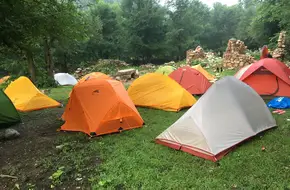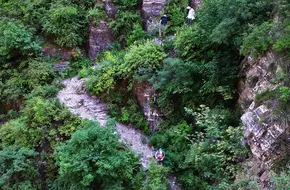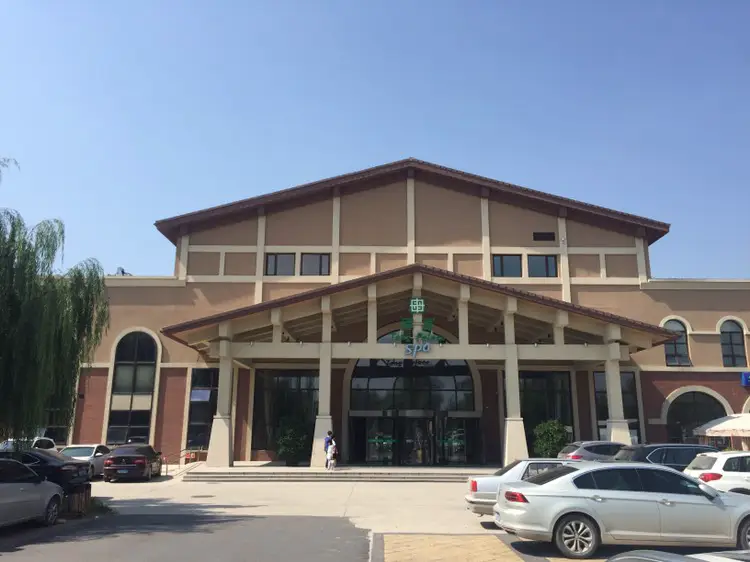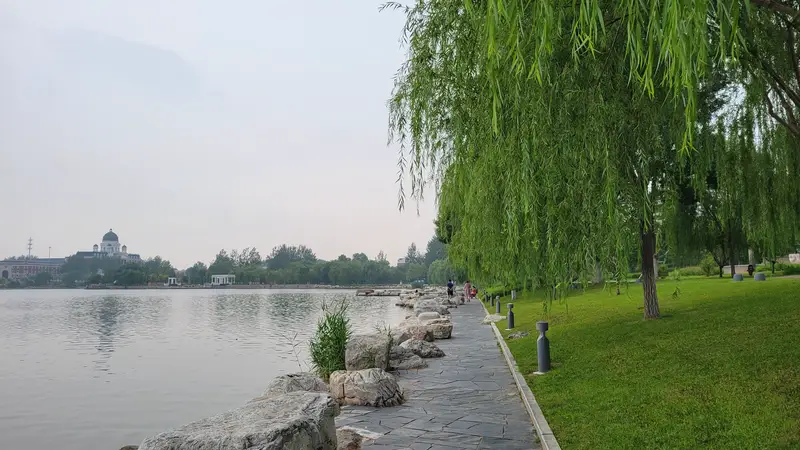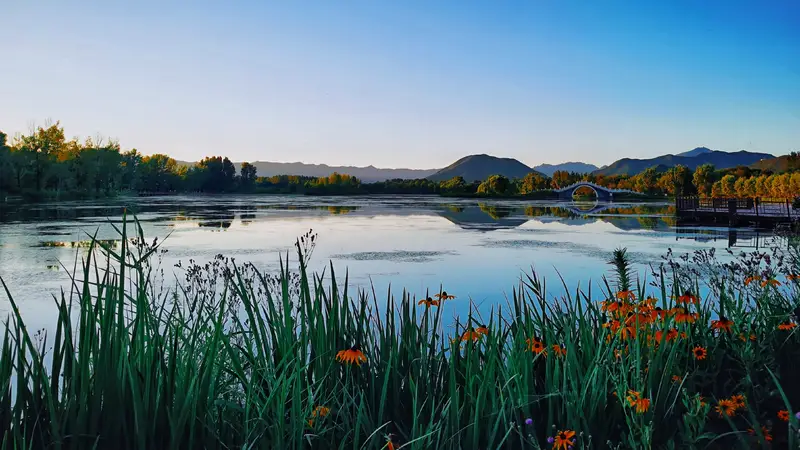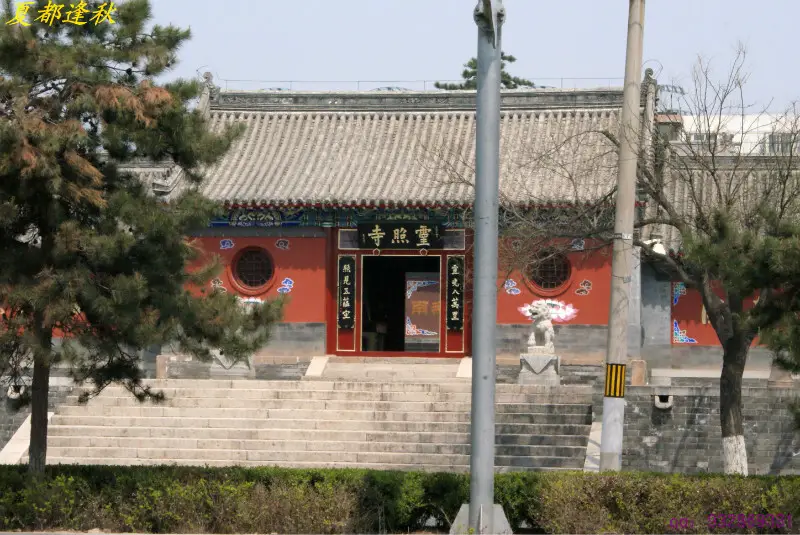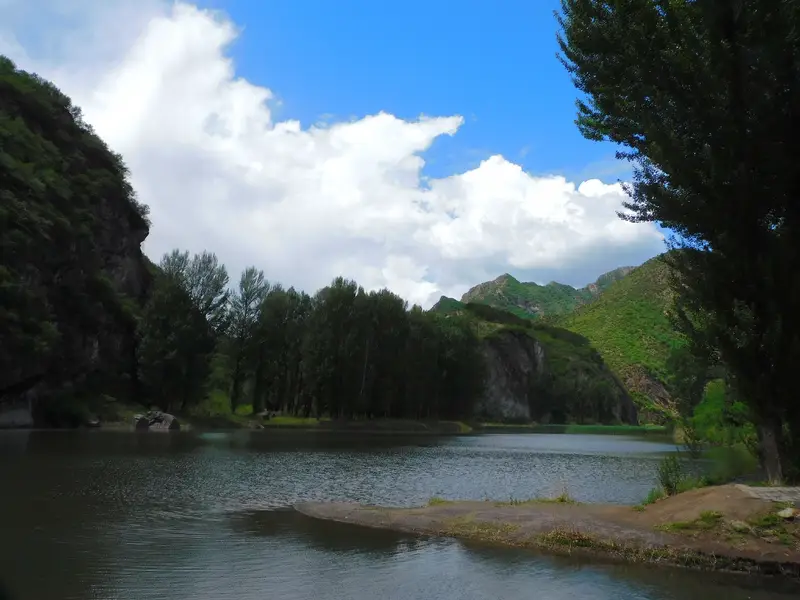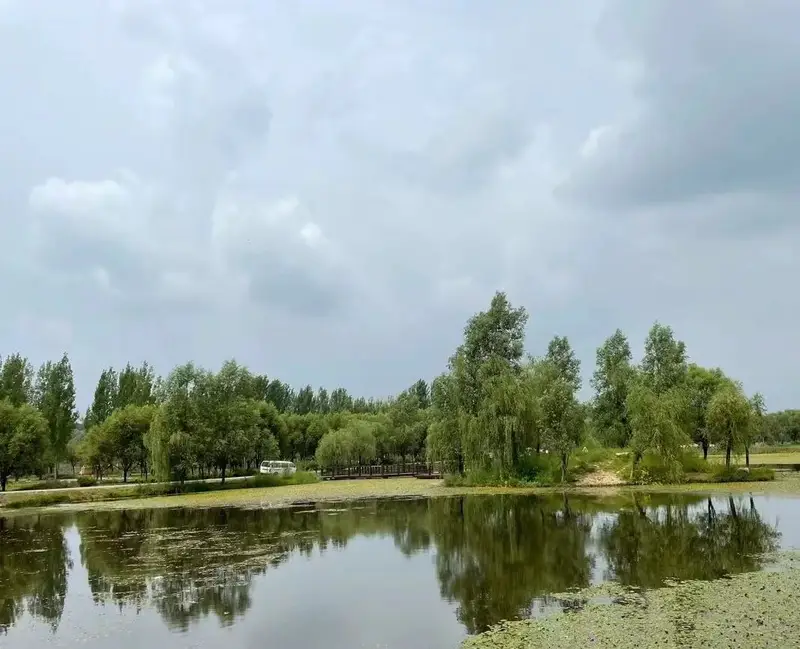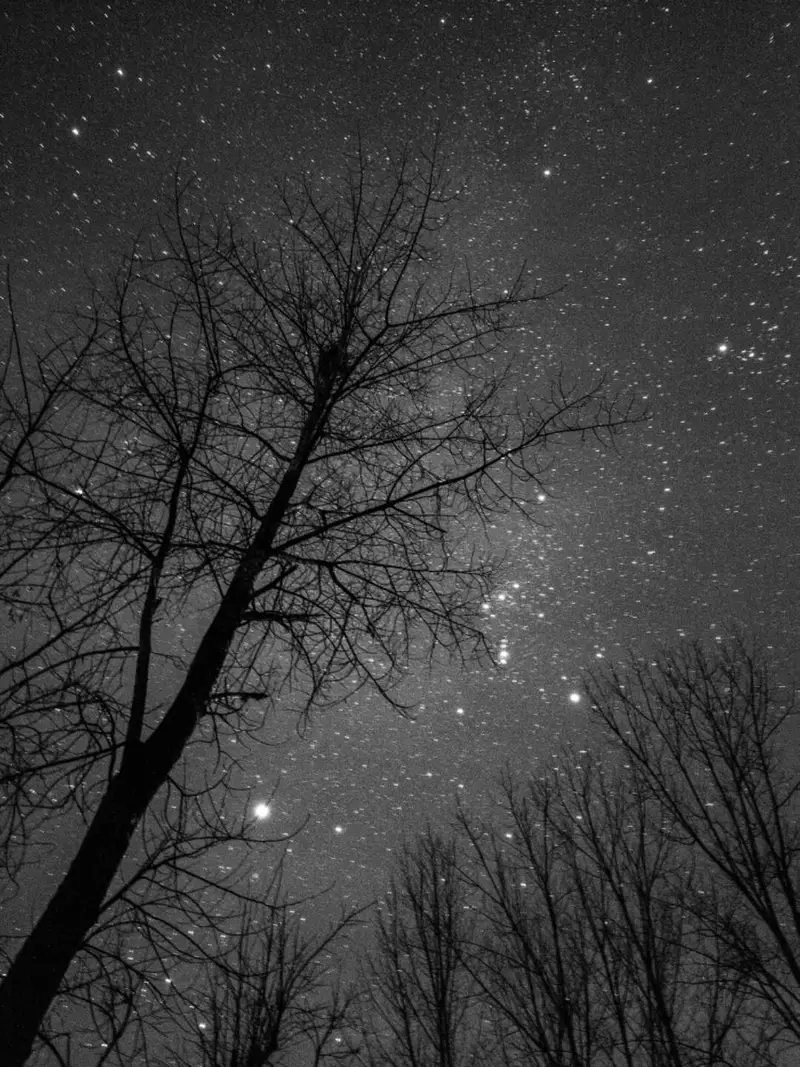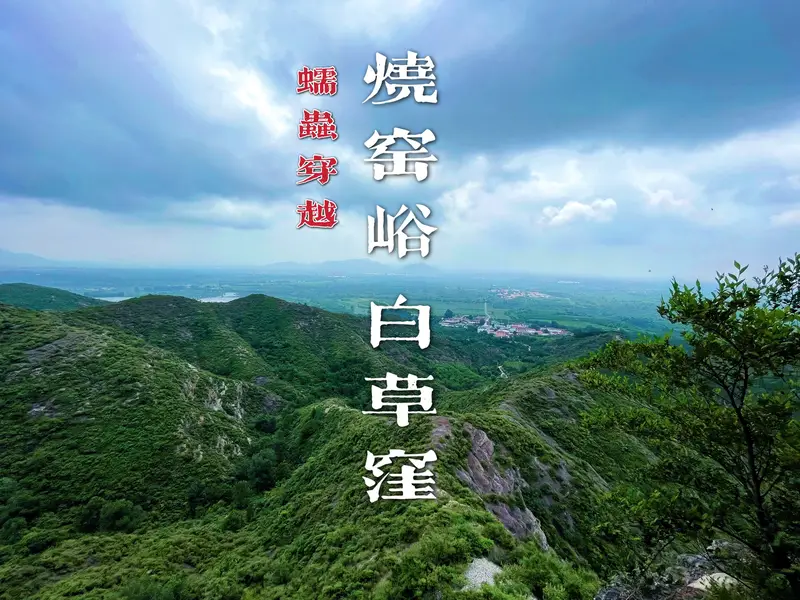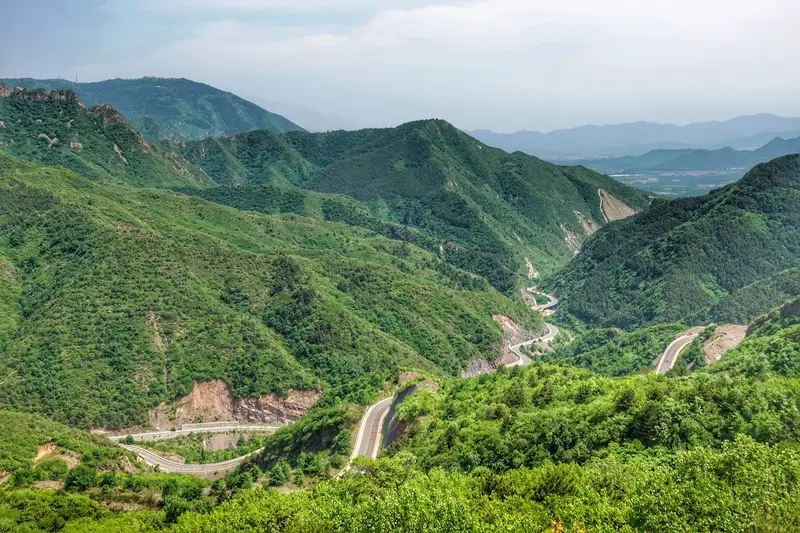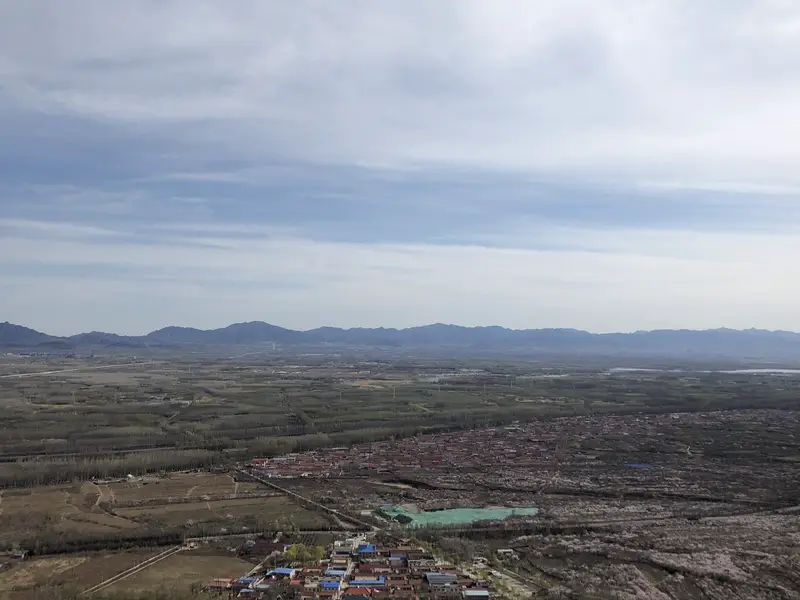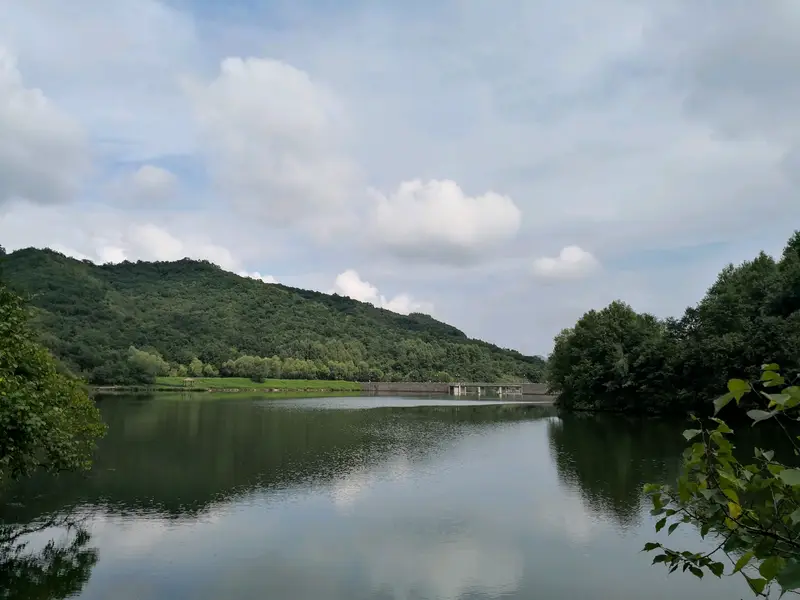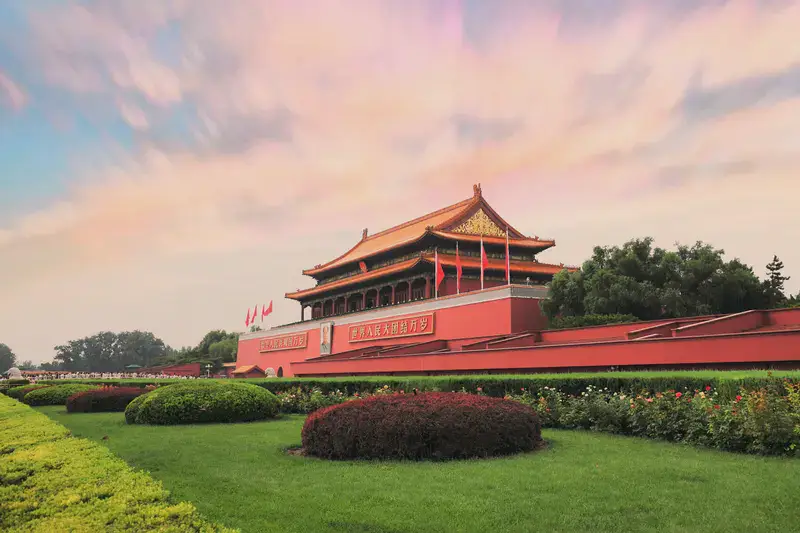Nestled in the lush Yudu Mountain Scenic Area of Beijing’s Yanqing District, Yingmeng Temple is a tranquil escape for travelers seeking both natural beauty and cultural depth. Though lesser-known than Beijing’s bustling landmarks, this temple offers a unique blend of history, spirituality, and mountain charm.
Location & How to Get There
Yingmeng Temple sits within Yudu Mountain, about 80 kilometers northwest of downtown Beijing. The area is part of the Jixianling mountain range, surrounded by rolling hills, pine forests, and a serene lake. To reach here, you can:
- Drive: Rent a car and take the G6 Beijin-Shanghai Highway, then follow signs to Yudu Mountain. The temple is a short hike from the parking lot.
- Public transport: Take Bus 919 from Deshengmen Bus Station to Yanqing, then transfer to a local taxi or shuttle bus to Yudu Mountain. From there, it’s a 30-minute walk to the temple.
- Tip: Visit on a weekday to avoid crowds and soak in the peaceful atmosphere.
Natural Beauty: A Mountain Retreat
Yingmeng Temple is framed by mist-covered mountains and a glacial lake that reflects the sky like a mirror. In spring, wildflowers blanket the trails, while autumn paints the area in shades of red and gold. The fresh mountain air and birdsong create a meditative environment.
- Hiking: Nearby trails loop around the lake and up to viewpoints. Keep an eye out for deer and wild boar (bring binoculars!)
- Photography: Sunrise at the temple’s entrance captures golden light filtering through ancient pines.
Cultural & Historical Vibes
Though Yingmeng Temple lacks the fame of Beijing’s giant temples, its story is intriguing. Local legend says the temple was named after a dream of a Tang Dynasty monk who envisioned a sacred site here. Today, the temple features:
- Simple yet elegant architecture: Wooden halls, Buddhist statues, and wind chimes that tinkle in the breeze.
- Spiritual ambiance: Monks still chant sutras here, and visitors can light incense or meditate quietly.
- Folk art: Look for handmade paper-cuttings and calligraphy by local artists near the temple grounds.
Practical Tips for Visitors
- Facilities: The area has basic amenities—restrooms, a small tea house serving local green tea, and picnic spots. Bring cash, as cards aren’t widely accepted.
- Best time to visit: Late spring (May) and early autumn (September-October) offer mild weather and vibrant foliage. Avoid winter, as the temple closes due to snow.
- Respect the space: Keep noise down, especially near the temple altar, and stick to marked paths to protect the environment.
An Off-the-Beaten-Path Experience
Unlike Beijing’s crowded attractions, Yingmeng Temple feels like a secret. You’ll likely encounter few tourists, allowing you to wander freely. Sit by the lake, listen to the temple bells, or chat with friendly locals who visit to pray. For those tired of urban hustle, this spot is pure mountain magic.
Final tip: Pair your visit with a trip to nearby Sihaiwa Ski Resort (in winter) or Beijing Great Wall segments for a full Yanqing adventure. At Yingmeng Temple, it’s all about slowing down and savoring nature’s quiet wonders.



